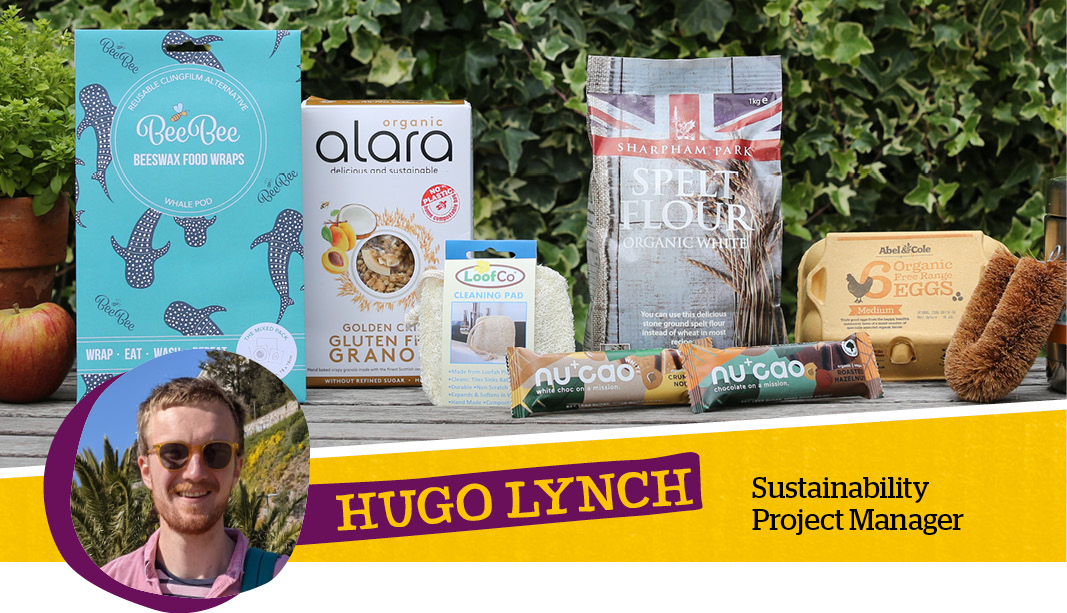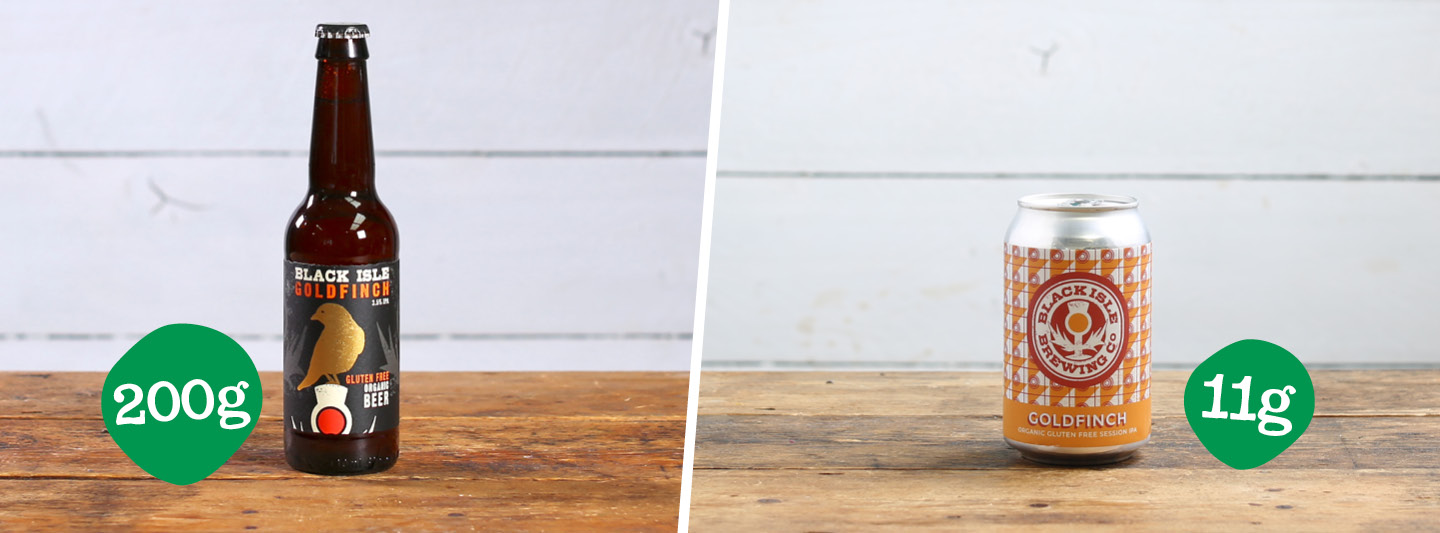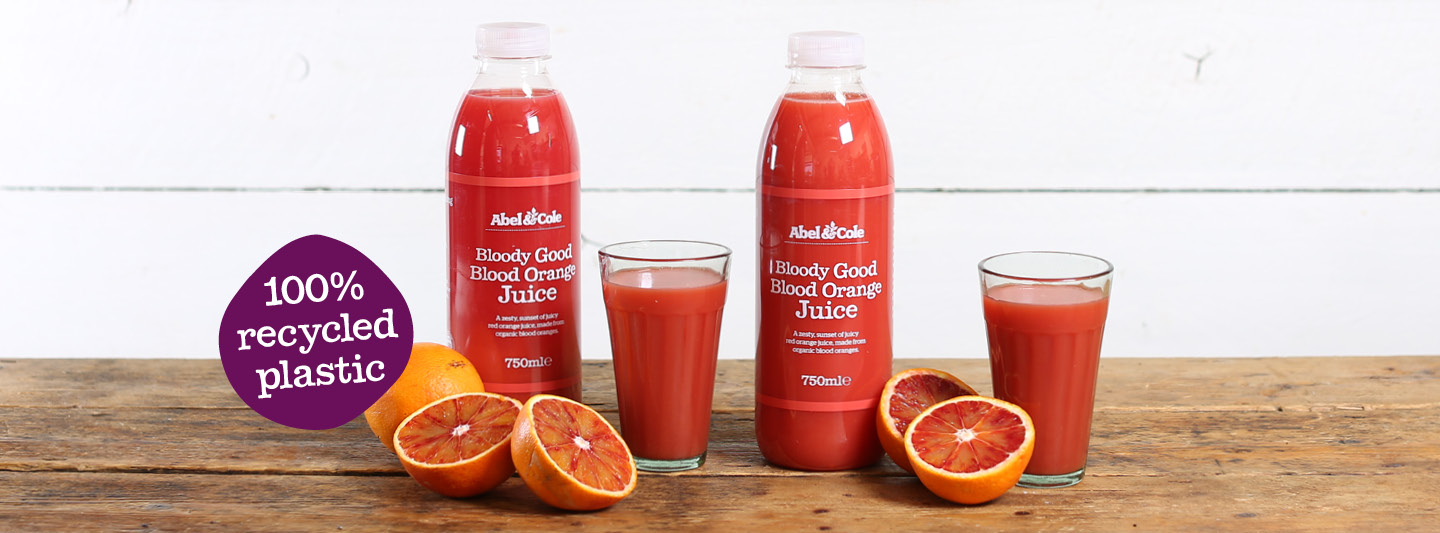We Asked An Expert: What Is Sustainable Food Packaging?

It’s a complex question! When thinking about the relative sustainability credentials of one packaging type over another, there are lots of different factors that we need to consider:
• Can it withstand the conditions in the production and filling process?
• Does it preserve food for long enough through a supply chain to prevent waste?
• Does it protect the contents if it’s dropped or knocked?
• Does it add significant weight to the product?
• Does it take up a lot of space?
• Does it use recycled materials?
• Does it use materials from renewable resources? What is the impact of the production process for these?
• Can it be recycled or reused?
The first few considerations on this list actually have more to do with what’s inside the packaging than the packaging itself. This is because the most important function of packaging is to ensure that a product arrives safely to shoppers, free from contamination and damage, so that it can be consumed over a determined shelf life.
In many cases, this disqualifies certain materials from being used. To take a funny example, it would of course be impossible to package milk in newspaper, because the paper wouldn’t contain the liquid for long enough to make it to your door! Newspaper also contains inks that could contaminate the milk itself, impacting the taste at the very least.
I’ve picked two of my favourite sustainable packaging stories from our brilliant makers. These explore the packaging that was originally chosen for two different products, and how that impacted their sustainability credentials.

When bottling beer, a brewer must consider what will happen to the taste when it’s stored for a long time. As beer is a carbonated drink, the packaging must be able to stop gas from getting out and withstand the pressure of the gas trying to escape. It must also stop air and light from getting in, as both of these can react with the beer itself to affect the taste.
Traditionally, the most easily available material to do this has been coloured glass, which filters light and prevents the beer from going flat or oxidising. This has a positive effect, preserving the product for longer and reducing waste. However, glass is a heavy material and bottles must be made in a specific shape to stay strong and easy for people to use. This presents a problem – wasted space in a box.
Glass bottles can only be stacked together in one way, which leaves a significant amount of free space in a larger container. This must then be transported using energy-intensive vehicles, leading to a high relative level of emissions per bottle for the journey.
After all that, the bottles themselves then need to be recycled. This is an established process and recycling rates are quite high for glass (76.5% in the UK). But it’s fairly carbon intensive, as glass needs to be melted down and reformed into new products.
Taking all of these factors into account, our friends at Black Isle Brewery calculated the relative amount of CO₂ produced per bottle of their beer and compared this to the impact of aluminium cans. These cans have all of the same protective qualities as glass bottles and are also easily recycled in the UK (75%), but are significantly lighter (11g vs. 200g) and can be packed much more tightly together. This means that the relative amount of CO₂ required to transport each can is much lower. More cans can be transported at once and because they’re lighter, less fuel is required.
As a result, Black Isle Brewery made the excellent choice to switch to aluminium cans and now use this more sustainable packaging material for their signature collection of beers.

Bottling juices is an equally complicated task to bottling beer. While fruit juices aren’t carbonated or light sensitive, they are reactive with oxygen and so need to be packaged with a material that’s able to protect them from this.
In many cases, the plastic PET is the preferred choice because it’s lightweight, easy to form into strong shapes and has a strong gas barrier. But just like with the sustainable packaging choices at Black Isle Brewery, the efficiency of packing these juices into a box for large scale transit must also be considered to gauge the environmental impact of the item and its packaging, and considered with the relative weight of different bottles.
In the case of our organic fruit juices, plastic is hard to replace without increasing the bottle weight and crucially the price. We’re committed to removing or replacing plastic in our products wherever possible. However, in the case of our fruit juices, we actually made the decision to replace our old PET bottle (made from ‘virgin’ plastic) with a 100% recycled one.
This is possible because of the reliability and purity of the PET recycling stream, which allows it to be directly recycled ‘like-for-like’ into a new bottle, instead of ‘downcycled’ into a lower-quality product. As a result, we’ve been able to reduce the amount of CO₂ required to produce our bottles without compromising on quality or value. These bottles can continue to be recycled through household collections, which are hoped to increase further in the UK, with changes in legislation due to be implemented in 2024.
So when it comes to finding the most sustainable food packaging for a product, it’s clear this isn’t as simple as switching from one material to another. A great deal of the environmental impact of a product is reduced by ensuring that it’s kept fresh and safe throughout its lifecycle. And, as we’ve seen, packaging plays an integral part in this.
That’s why we’re constantly reviewing our packaging, adjusting things and working collaboratively with our makers, to ensure that we’re making the most sustainable food packaging choices possible.
Published August 2022


